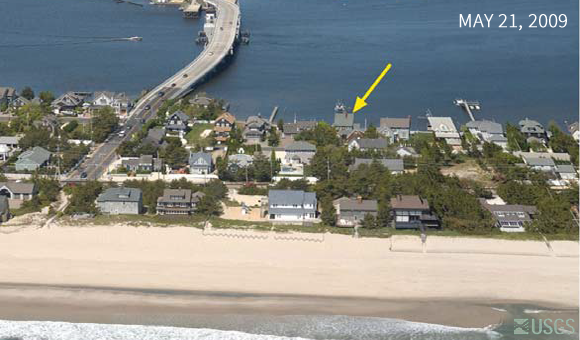Hurricane Sandy Impact on the Financial Market


In 2012, Hurricane Sandy swept the eastern seaboard and northeast region of the United States, slamming major cities like Washington, DC and New York, as well as devastating smaller towns, rural regions, and beaches. The damage caused and lives lost crushed the east coast, and areas that were impacted are still rebuilding today. According to a report produced by the US Department of Commerce in 2013, the Federal Reserve (Fed) concluded that businesses rapidly began producing output in November of 2012, following a halt in production in October and early November of 2012, due to Hurricane Sandy; the sharp production increase in November indicated a recovery from the storm (Henry, Cooke-Hull, Savukinas, Elo, & Van Arnum, p5).
Further, the Fed identified a “short-term disruption in economic activity” by measuring unemployment claims, payroll employment data, and industrial production reports (Henry et al, p5). Given this information, this project aims to identify patterns in the stock prices of top publicly traded companies (based off of 2013 revenue) in New Jersey, and the series of events and weather forecast predictions before and after Hurricane Sandy made landfall.